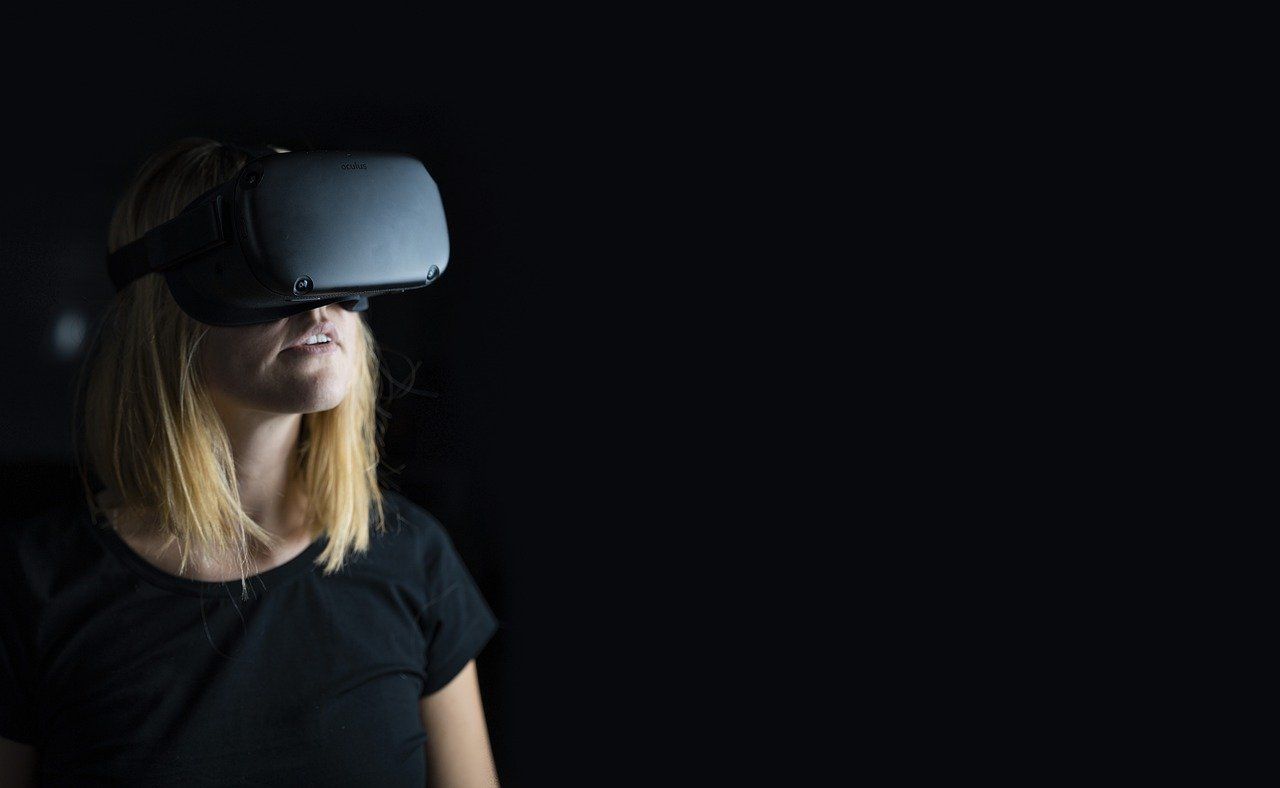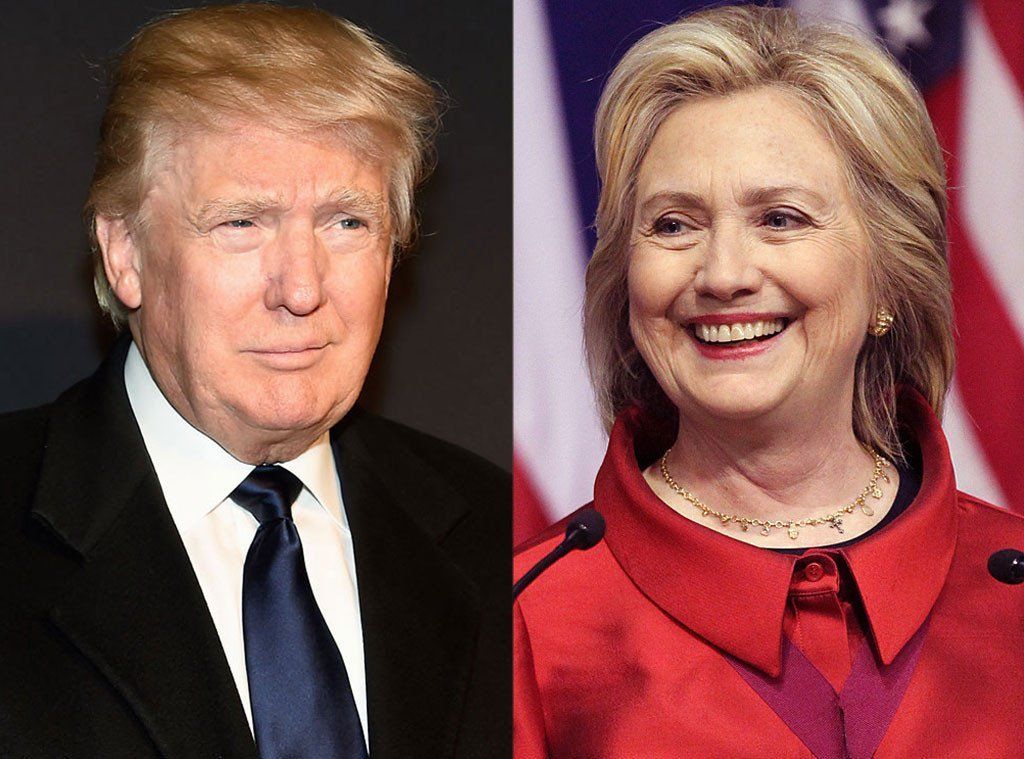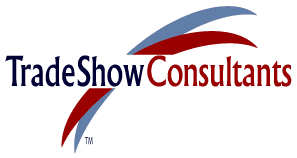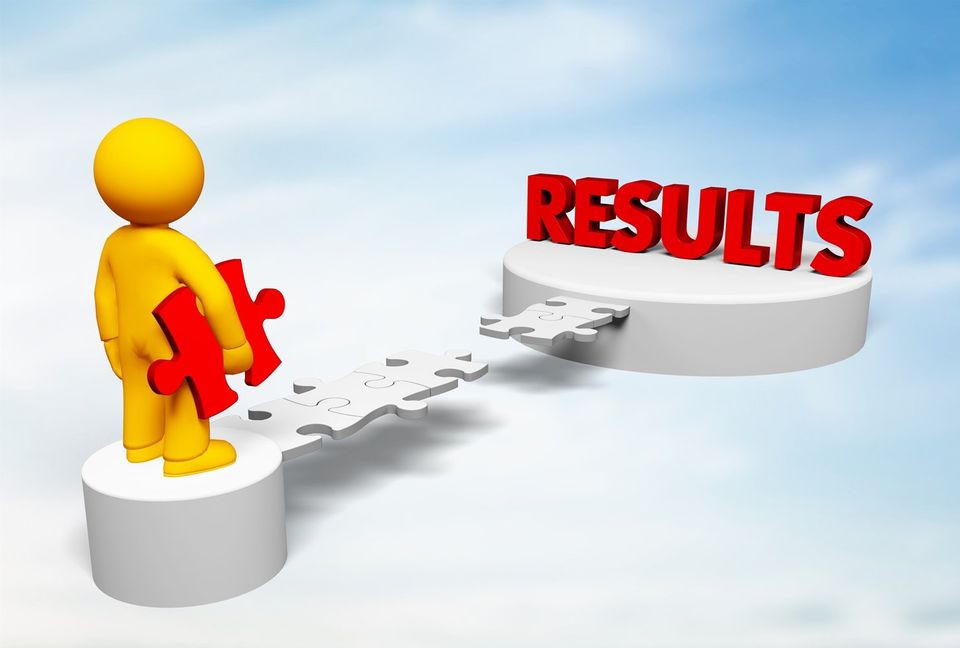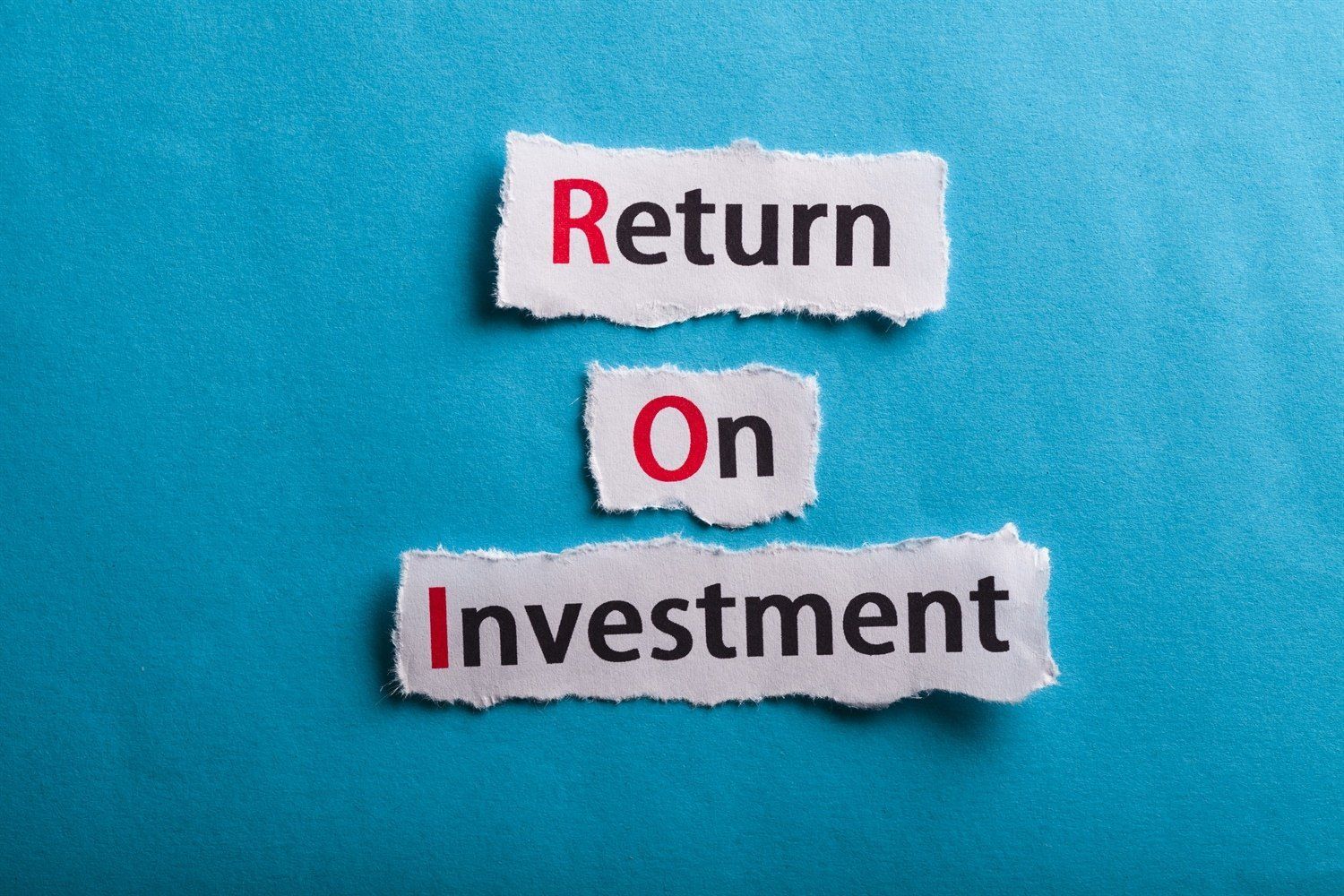The Origin of “Bridging the Gap Between Trade Shows and Sales
Years ago, when I was Beckman Instrument’s Corporate Manager of Trade Shows and Exhibits, one of the first critical challenges to my career arrived while we were exhibiting at Federation of American Societies for Experimental Biology (FASEB). It was our most important show of the year, then staged at the Auditorium in Atlantic City, New Jersey.
Our exhibit presentation was carefully created within two 20’x 40’ island exhibit booths complete with a full line of very sophisticated Bio-medical research instruments that were supported by a large competent staff of highly trained sales, marketing and technical support experts.
The price tag for this event alone was in the range of hundreds of thousands of dollars -- it was viewed by our top corporate and divisional managers as one of year’s most important sales and marketing functions in this somewhat esoteric market.
It was also acknowledged that only through staging a successful FASEB exhibit effort would Beckman’s Bio-Medical Research business be able to increase its bottom line by generating enough quality sales leads resulting in increased sales and profits during the year that followed. It was estimated that about 10% of the total attending audience were key targeted prospects.
What made the FASEB trade show so valuable to Beckman Instruments and other suppliers to the Bio-medical research industry was the fact that their customers came to them: most sales teams found it almost impossible to actually get in and visit individual Bio-medical researchers in their laboratories where the scientists spend most of their time. Yet the typically private scientists would, however, attend the FASEB annual convention to share ideas, attend papers, workshops and technical seminars and then browse the exhibit hall to learn what was new in the way of promising products and services offered.
Only on the FASEB trade show exhibit floor was it possible for exhibitors to meet key research prospects and formally demonstrate their product’s features and capabilities. The positive environment was also conducive to sharing often complex product application knowledge with a receptive attendee who had time to spend and was motivated by his/her quest for new product knowledge to solve their pressing research challenges.
In the field, there were many problems associated with efforts to ship, setup and effectively demonstrate sensitive scientific instruments in the researcher’s laboratory. Many instruments were too large and difficult to accurately calibrate for them to perform with any guarantee of success. The FASEB show turned out to be the best way to effectively present and demonstrate the most sophisticated instruments to this highly select audience.
At 9:00 AM on Tuesday morning, after three solid days of set-up, the auditorium doors opened and the show was officially underway. After an hour or so when the booth was running smoothly, I went up into the seats that surrounded the exhibit floor to observe how our trade show exhibit presentation was functioning as viewed from this unique vantage point.
Of all the trade shows I’ve attended over the years, few had offered an opportunity for me to observe the entire exhibit function from such an opportunistic vantage point. It was an eye- opening experience and one I found necessary to share with the Vice President of Sales later in the day when I invited him to join me to also experience how his Beckman exhibit was functioning.
While sitting in the seats overlooking the Beckman exhibit below, we traced the steps and habits of various prospects as they walked the aisles, read the signs, entered our booth, and explored some of the instruments on display. We were shocked as we watched many visitors proceed to walk out of the booth without as much as a welcome or greeting from any of our booth personnel on duty.
After an hour of watching this situation unfold, the Vice President of Sales finally couldn’t take it any longer and all but ran down the stairs and into the exhibit to see what he could do to remedy what to us was a totally unacceptable situation.
The VP’s emotionally upsetting experience of observing our exhibit and realizing that we were virtually ignoring and turning away important prospects resulted in a mandatory emergency meeting that night, where he voiced his displeasure with the booth function and solicited input to quickly solve the problem.
The results of that dynamically charged session included immediate changes in the way the booth personnel functioned with regards to identifying, meeting, greeting and helping suspects, prospects and customers who entered the booth. In addition, the Vice President of Sales directed me to begin developing a comprehensive pre-show presentation that would prepare trade show booth personnel to better perform at all future Beckman trade shows.
The concept of “Bridging the Gap Between Trade Show and Sales” was born.
Being directed by and having the direct support of the Corporate Vice President of Sales and imagining that I could be a key part of initiating such dynamic changes in the way the corporation viewed and participated at trade shows was all inspiring and challenging for me.
I began developing a mental outline for the “Bridging the Gap Between Trade Shows and Sales” presentation and realized that my opportunity to further study the FASEB exhibit from high above the show floor was a gift. I spent most of the rest of the show in the seats above the show floor observing, taking notes and building a comprehensive outline for my new exciting presentation.
In addition to watching our newly energized booth personnel (now personally led by our Vice President of Sales) interact with suspects, prospects and customers, I began to notice how the exhibit functioned in communicating and realized that long before the attendee entered the exhibit he/she would prefer to stand in the aisle to read our various signs.
I deduced that this was done in an attempt to avoid being approached by usually aggressive booth sales personnel before he/she was ready to initiate contact. However, the prospect would welcome contact and information after a particular product of interest was identified.
It seemed reasonable for me to think that if the exhibit’s signage could be modified to improve communications, it might do a much better job at helping screen attendees from the aisle and deliver more confident prospects seeking additional product specific information from our booth staff.
It was also a startling revelation for me to consider that while the exhibit had to communicate to our targeted prospects (which we often estimated at about 10% of the total attendance) so they could decide to enter the booth, it also had to effectively communicate to keep about 90% of our non-targeted attendees away from entering the booth and taking up the booth team’s limited valuable time.
One of the key elements in creating “Bridging the Gap Between Trade Show and Sales” was to offer a common sense approach to exhibiting and providing booth personnel with simple concepts for them to embrace.
Improving exhibit signage to function better in screening attendees and delivering key prospects from the aisles to the exhibit and waiting sales team hit the mark. The results of this simple concept was integrated into the presentation suggesting that our booth personnel can now relax and allow the exhibit to do the initial screening of attendees while delivering a prospect who knew which exhibit, product category and exact product he/she was most interested in learning more about.
The exhibit’s new graphic presentation, as seen from the aisle, successfully communicated who we were, which product category was under a color coded sub-heading, the product’s name, its features and benefits, the actual product on display and finally who the prospect could talk to for more information.
This innovation alone helped future Beckman trade show booth duty personnel feel more in control, confident and useful because they were now in a position to help screened prospects obtain the important information they needed to make important buying decisions.
Another segment of the “Bridging the Gap Between Trade Show and Sales” presentation focused on the verbal portion of the exhibit presentation and included how the booth personnel should meet, greet and present products of interest while taking care to acquire as much information as possible for effective and timely post show follow-up.
“Bridging the Gap Between Trade Shows and Sales” has continued to evolve over the years and is now in a flexible PowerPoint format, which lends itself to individual customization for any exhibitor who finds the need to further advance the trade show function as it relates to sales.
According to Therese Solimeno, Smart Dame Event Marketing, San Luis Obispo, CA, “I witnessed first-hand how the “Bridging the Gap Between Trade Shows and Sales” presentation advanced Beckman’s trade show program and have since employed those techniques with clients like Microsoft. Now that the presentation is available for individual exhibitor customization, I recommend it to all of my clients to use as a tool to improve their trade show results.”
While the experience at Beckman Instruments advanced my career in ways I could not have imagined, much of my success would not have been possible without the fiery commitment of the Corporate Vice President of Sales and the inspiration we gained high above the Atlantic City Auditorium exhibit floor at FASEB those many years ago.



